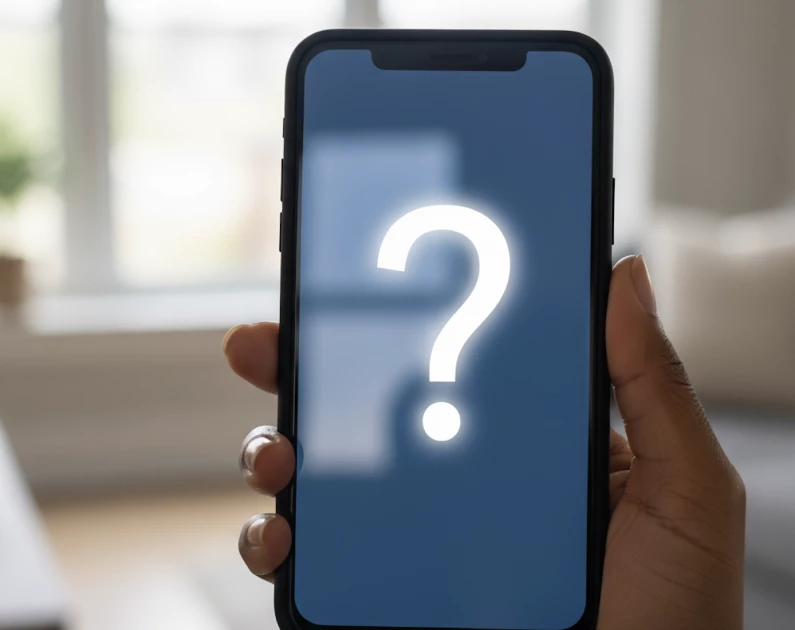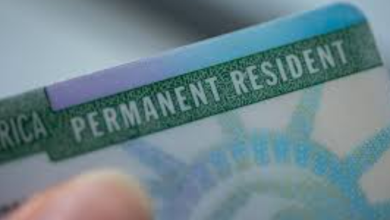Kenyans shunning locally-made smartphones over quality concerns

The Adoption of locally assembled smartphones in Kenya is still modest, 2 years after Kenya unveiled its first local smartphone assembly plant.
According to a report by GSMA, the Global System for Mobile Communications, consumers in Kenya have perceived locally assembled phones to be of lower quality. This has made the local devices less desirable to Kenyans, despite retailing at lower prices than imported mobile devices.
The findings further link brand familiarity, performance expectations and strong marketing to the continued purchase of imported phones, at the expense of locally-assembled devices.
In its report titled ‘Accelerating Smartphone Adoption in Africa’ GSMA recommends that the local assembly initiatives must be accompanied by brand-building and consumer-trust strategies for local manufacturers to compete effectively in the market.
“Although essential components such as chips, screens and batteries are still imported, the assembly plant invests in training local engineers and technicians in electronics and digital manufacturing, laying the groundwork for greater localisation,” notes GSMA.
In October 2023, Kenya’s first smartphone assembly plant was set up in Machakos County, as the country aimed to increase access to affordable mobile devices.
During the launch of the East Africa Device Assembly Kenya Limited, President William Ruto said the plant would produce up to 3 million mobile phone units annually.
The Head of State said that the local manufacturing initiative would see Kenya boast of the cheapest smartphones in Africa, and make the country fully connected, as technology was among the primary agendas of the Kenya Kwanza government.
As of April 2024, then-ICT Cabinet Secretary Eliud Owalo said 268,000 locally assembled phones had been purchased. On the other hand, in November 2024, M-Kopa reported that it had produced over 1.5 million phones in its Nairobi smartphone assembly factory, which is its largest smartphone assembly facility in Sub-Saharan Africa.
The GSMA findings show that today, Kenya’s smartphone adoption stands at 62%, where 63% of the population is connected to 4G network. Only 3% of Kenyan smartphone owners are connected to 5G network, as Mobile Network Operators continue to make substantial investments in high-speed mobile infrastructure.
The Kenyan smartphone landscape is also largely made up of pre-owned devices, as nearly half of the survey respondents expressed willingness to purchase a pre-owned smartphone from reputable dealers if new devices are unaffordable.
Some Kenyans are willing to buy these second-hand phones due to their affordability, advanced features and brand reputations. Also, peer influence and the availability of a warranty could push Kenyans to buy second-hand phones.
During the Mobile World Congress (MWC) Summit in Kigali in October, GSMA, in collaboration with Airtel, Axian Telecom, Ethio Telecom, MTN, Orange, and Vodacom proposed baseline requirements for an affordable entry-level 4G smartphone.
The initiative targets to “accelerate digital inclusion across the continent by lowering the cost of smartphone ownership for millions who remain unconnected.”
“This is an important step towards bridging the digital divide and ensuring that millions more people can reap the benefits of mobile connectivity,” said Vivek Badrinath, Director General of the GSMA.





